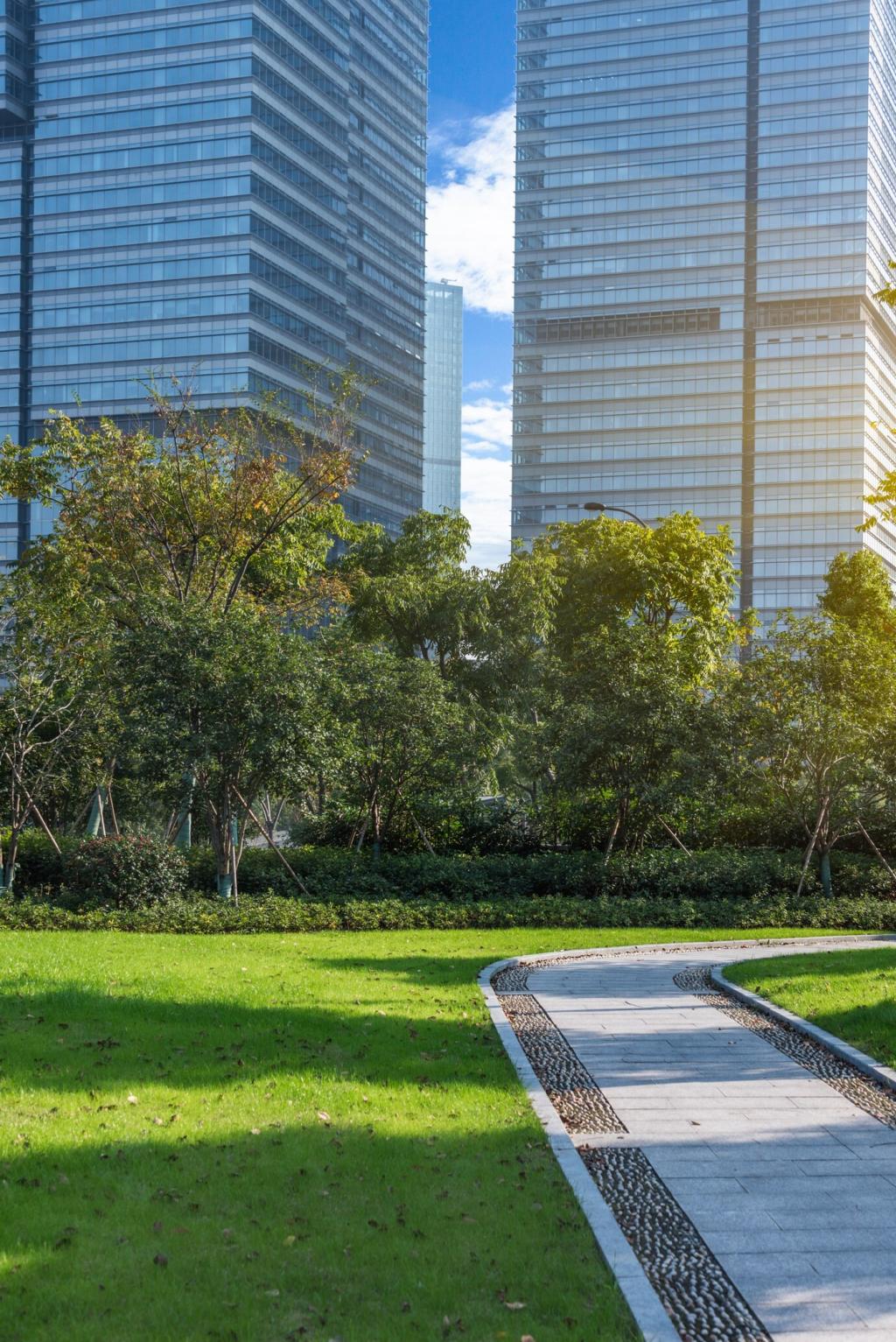Improving Air Quality with Vertical Gardens
Vertical gardens, also known as green walls, are innovative solutions for enhancing the quality of air in urban environments. By incorporating living plants into vertical structures, these gardens can transform bland walls into lush, functional landscapes. The integration of vertical gardens in residential, commercial, and public spaces brings numerous environmental and health benefits. As cities become more crowded and traditional green spaces are limited, vertical gardens offer a sustainable way to purify the air and contribute to a healthier, more vibrant urban ecosystem.
Photosynthesis and Oxygen Generation
One of the most fundamental processes in a vertical garden is photosynthesis. During this process, plants convert carbon dioxide and sunlight into oxygen and glucose, significantly improving air quality in the immediate vicinity. In urban areas where pollution levels are high, the collective effect of multiple plants in a vertical garden can create noticeable improvements in air composition. In addition to oxygen production, plants also regulate humidity levels, creating a more balanced and comfortable environment for building occupants and passersby.
Filtration of Pollutants and Particulate Matter
Vertical gardens excel at trapping particulates such as dust, smog, and even some heavy metals present in the air. The roots, leaves, and soil media in these systems act as natural air filters, capturing pollutants that would otherwise be inhaled by people. Certain plant species are particularly adept at absorbing airborne toxins, breaking them down and storing them safely. This natural filtration method reduces the concentration of dangerous pollutants and directly benefits respiratory health in urban populations.
Impact on Microclimates and Urban Biodiversity
By introducing clusters of diverse plant life to urban settings, vertical gardens help moderate local microclimates. The presence of vegetation cools ambient temperatures and increases humidity, which can reduce the urban heat island effect commonly observed in cities. Additionally, vertical gardens provide habitats for beneficial insects and birds, promoting biodiversity in areas where nature has otherwise been displaced. This holistic influence on the environment further supports improved air quality and overall ecological balance.
Previous slide
Next slide

Implementation Strategies for Urban Spaces
Site Selection and Environmental Assessments
Determining the most effective locations for vertical gardens is a critical first step in the implementation process. Environmental assessments are conducted to evaluate sunlight exposure, prevailing wind patterns, and the presence of existing pollution sources. Sites with high pedestrian traffic or close proximity to major roads benefit the most from air quality improvements. By strategically placing vertical gardens, cities can maximize their impact, targeting areas with the greatest need for natural air filtration.
Innovative Support Structures and Irrigation Solutions
Modern vertical gardens employ a range of support systems, from modular panels to freestanding green walls. These structures must be designed to accommodate the weight of mature plants and the necessary growing media while ensuring long-term durability. Automated irrigation and fertilization systems are often integrated to maintain plant health with minimal maintenance. Innovations in hydroponics and aquaponics further enhance water efficiency, making vertical gardens a viable option even in areas with limited resources.
Selecting the Right Plant Species
The effectiveness of a vertical garden in purifying air depends heavily on the selection of plant species. Hardy, perennial plants with high rates of transpiration and pollutant absorption are ideal choices for these systems. Native plants are often preferred, as they are adapted to local climates and require less maintenance. Plant diversity within the garden enhances resilience against pests and diseases, ensuring that the installation continues to function as an air purifier throughout the year.
Health, Well-being, and Community Benefits
Numerous studies highlight the positive effects of green spaces on mental health. The presence of vertical gardens in homes, schools, and workplaces provides a visual respite from the concrete and steel of city life. This connection to nature reduces anxiety, enhances creativity, and can even accelerate healing in medical settings. By bringing the calming influence of plants to people who might not otherwise access parks or natural areas, vertical gardens improve the quality of urban life in subtle, yet profound ways.
